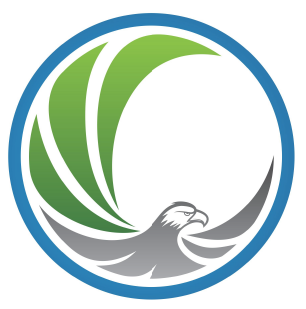Student Safety
Health and Safety
The staff and students regularly practice emergency procedures. Evacuating the building in case of fire or earthquake is one skill that students will undertake confidently. In the event of an earthquake, students will be evacuated from the school, assembled on the school field and supervised until each child is picked up by a parent or an authorized “emergency contact” through the student reunification process.
We also have a lock down procedure in case of a community emergency or an intruder on the grounds. A “Hold and Secure” means the exterior of the school will be locked (this means the school gates) to allow movement within the school, but no entrance into the school or exit from the school is allowed. A “Lockdown” means a full lock-down -- there is no movement at all in the building. During such a drill, if possible, we place a sign on the outside doors (gates) indicating that we are in hold and secure or full lock down. Please do not expect to enter during these times.
Supervision Aides
Six Supervision Aides monitor children playing during recess and lunchtime. They monitor who is on the playground, problem solve with students as needed and also help organize some activities for students during rainy days.
Visitors to the School
All visitors (that means parents too) are required to report to the school office, during instructional time (9-3pm), in order to receive permission to remain in the building. After signing in, visitors will be provided with a Visitor Badge to wear during their visit. Visitors must all sign out in the office upon leaving.
This is standard protocol at all Vancouver Schools. We do not expect to see adults roaming around the hallway or outside on the playground throughout the day. We take on the responsibility of caring for each child and ensuring each child’s safety while in our care. Therefore, we do not expect people in the building without reason or permission.
This protocol is strictly enforced during instructional time (not during drop-off and pick-up).
When on site, if you see anything of concern, please tell a staff member who will speak to the child in question. Parents are not to speak to any child except their own when it comes to any issue of concern.
- Watch for children and families crossing streets, both in and out of intersections.
- Remind your children about safe walking practices (look both ways before crossing streets; cross only at intersections, etc)
- SLOW DOWN! The speed limit in school zones is 30 km/h.
- Please respect street signage when dropping off or picking up your child. Remember: you can NOT leave your car in a drop off zone and walk your child inside. No car can be left unattended in the drop off zone.
- Only park where it says, "Visitor Parking". The staff parking lot is for staff.
- Please be careful of all the children cycling to and from school.
Thank you for helping to keep our school a safe place for children.
Police Liaison Program
NRP is connected with the local Royal Canadian Mounted Police (RCMP) as they liaise with the school to support our safety needs.
Public Health Nurse
A Public Health Nurse is assigned to each school. The nurse will make an initial visit to the school in Sept. and leave his or her contact info with the school secretary. Unlike when some of us went to school, there is no school nurse on site. The school secretary, who has First Aid training, is the point of contact at the school.
If you wish to contact the nurse assigned to our school, please ask the school secretary or phone Vancouver Coastal Health directly at (604) 714-3436. There is an on-call nurse at Three Bridges Community health Centre to answer questions each weekday from 3:30 pm to 4: 30 pm at (604) 714-3441.
The nurse, with school staff, parents and caregivers, children and community groups, work together to provide health services, deliver health education and promote healthy environments.
a. Health Services
The Public Health Nurse is available to provide information, health education and problem solving assistance regarding health and developmental concerns, promoting a healthy environment, and providing information about community resources. This includes immunizing children in Kindergarten and Grade 6, follow up of communicable disease outbreaks, supporting health screening programs for vision, hearing and dental care for kindergarten children and assisting with healthy public policy (ie. within schools).
Further information about Public Health Services available for your child can be found in Vancouver Coastal Health’s School Manual http://www.vch.ca/media/School_Health_Manual_Sept_2010_web.pdf and at their website in general http://www.vch.ca/infantchildyouth/
b. Medication
If it is necessary for school staff to administer medication to your child, would you please:
1. contact the office
2. sign a “Request to Administer Medication” form
3. provide the appropriate medication
4. provide a physician’s written order to be placed on file.
c. What To Do If Your Child Is Sick
Children often have eight to ten colds per year and Vancouver Coastal Health provides us with the following helpful advice:
- Students should not attend school if they are too unwell to take part in activities
- We can not always tell when someone is infectious. For this reason we should use good infection control procedures all the time
o Wash your hands properly (soap and water for 20 seconds)
o Cover your mouth and nose with a tissue when you sneeze or cough, throw it out and then wash your hands. If no tissue is available, cough or sneeze into your sleeve, not your hand.
In the interest of the best possible overall student and staff health, students who are clearly unwell and contagious should not attend school!
If children are sick at school, the office will phone parents or an emergency contact to request that they be picked up from school.

